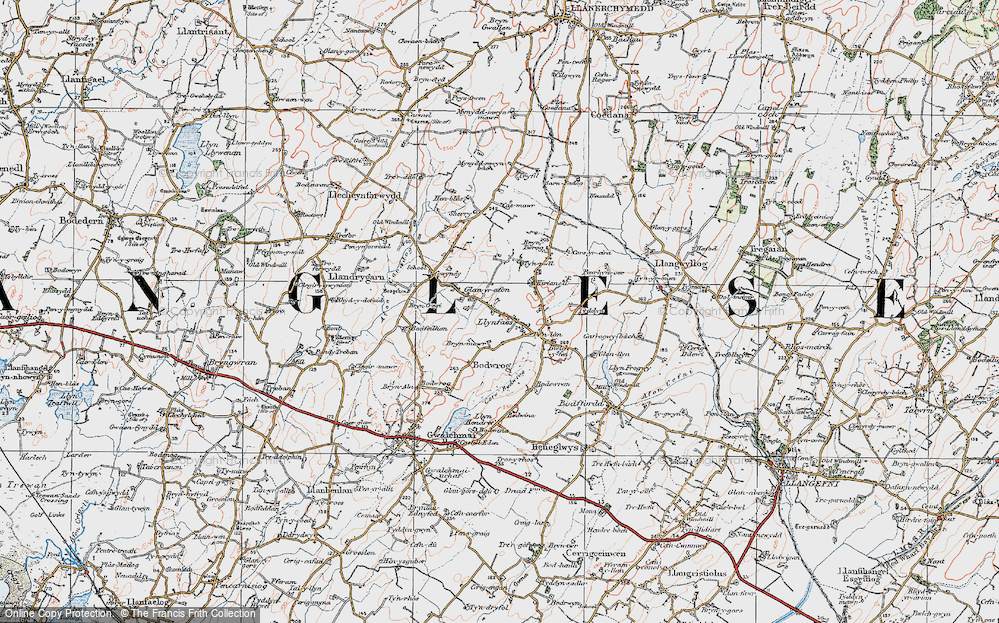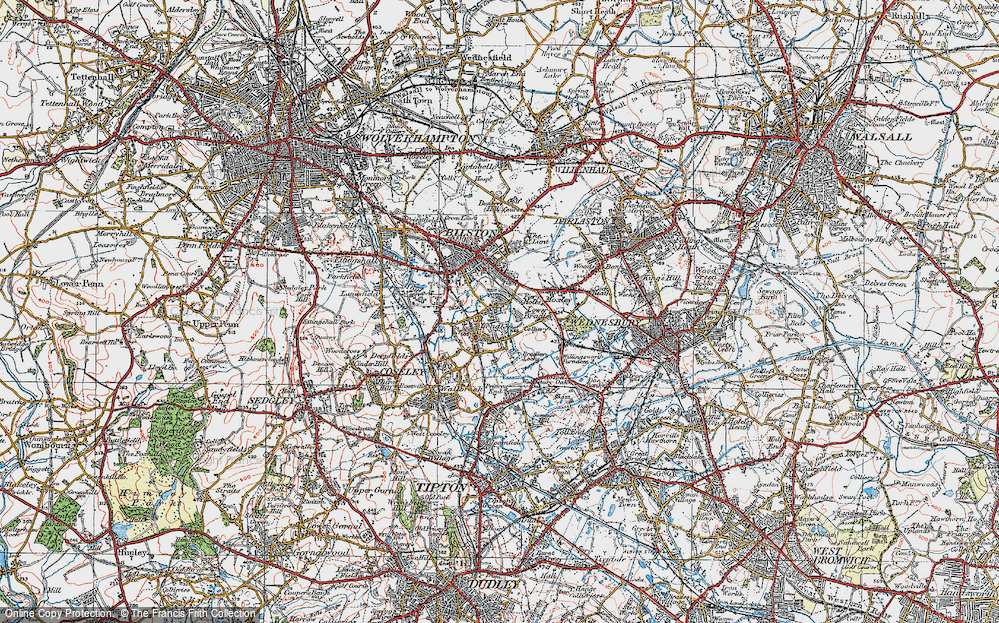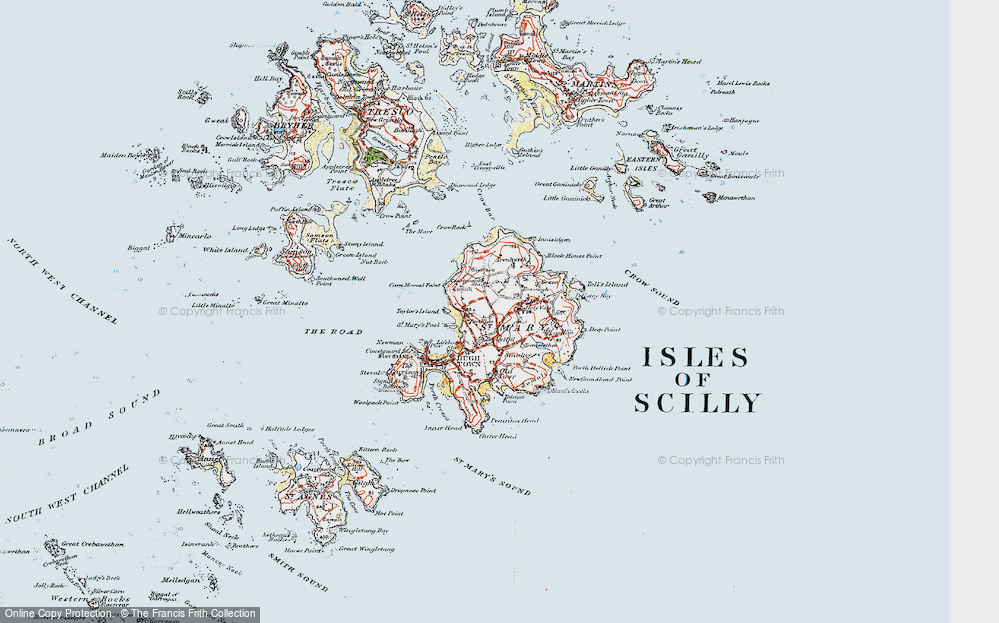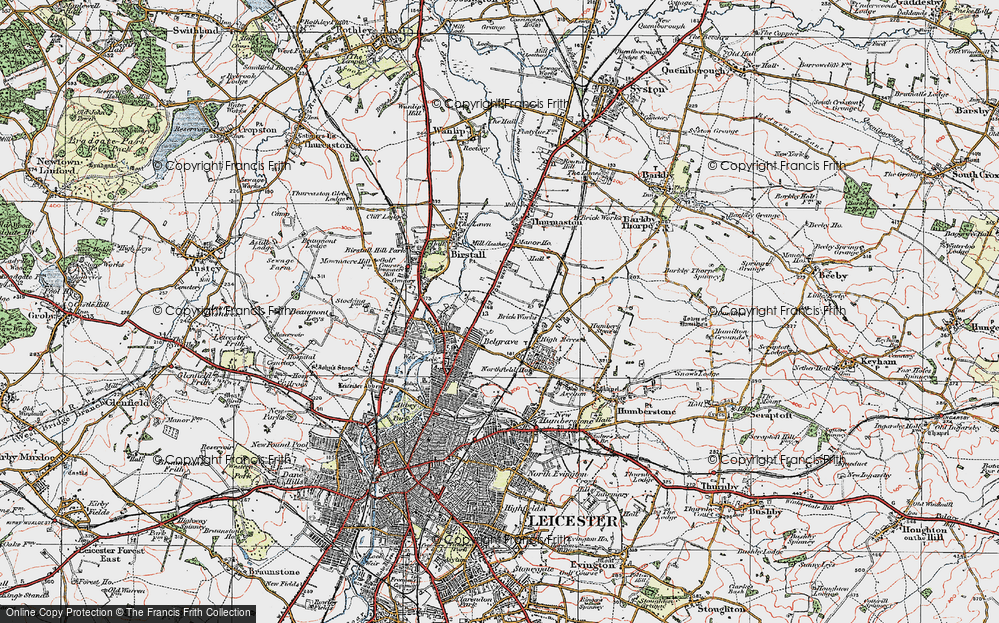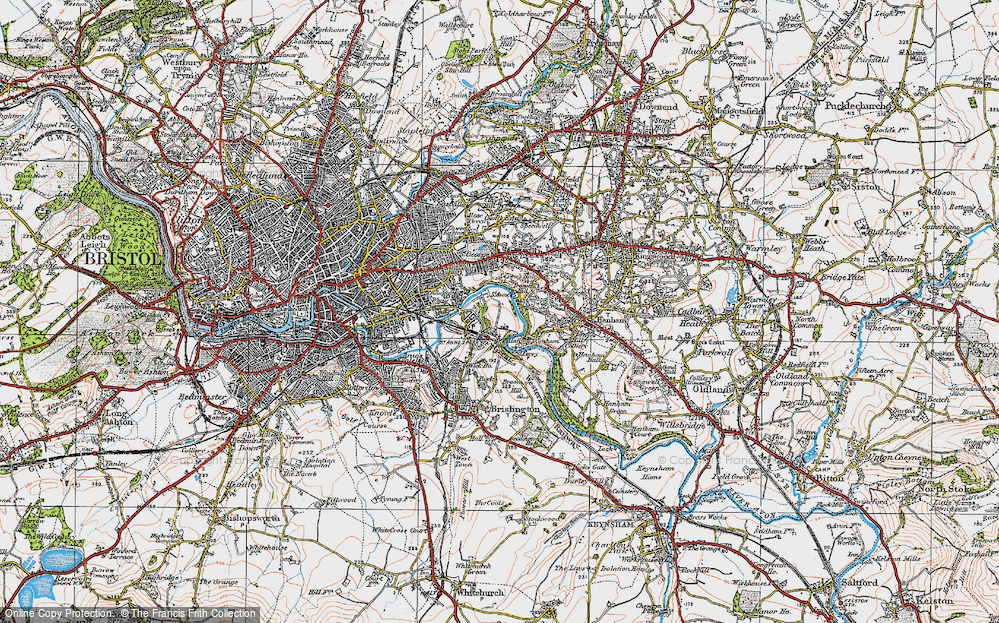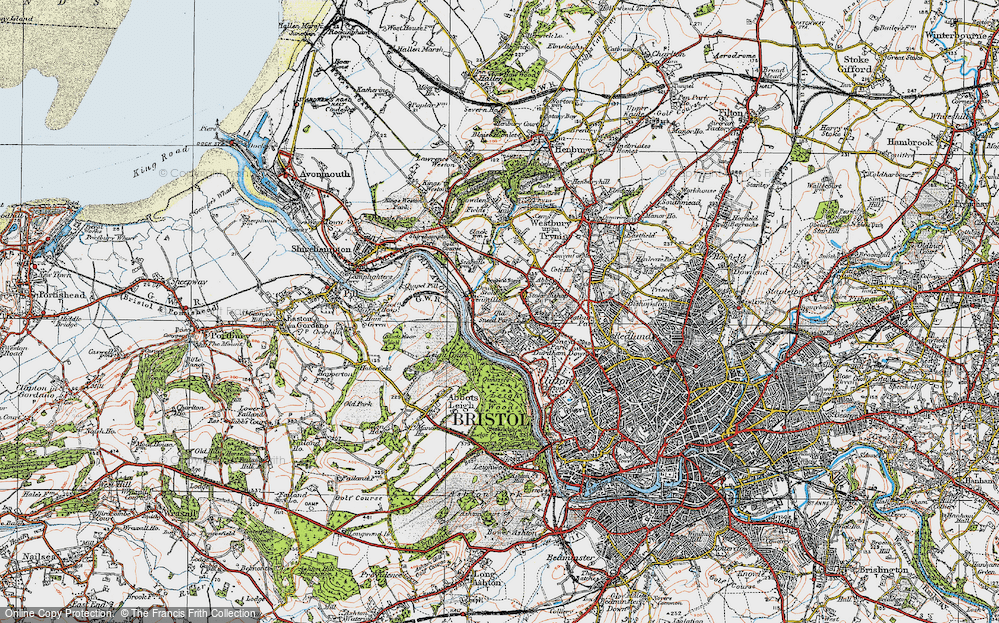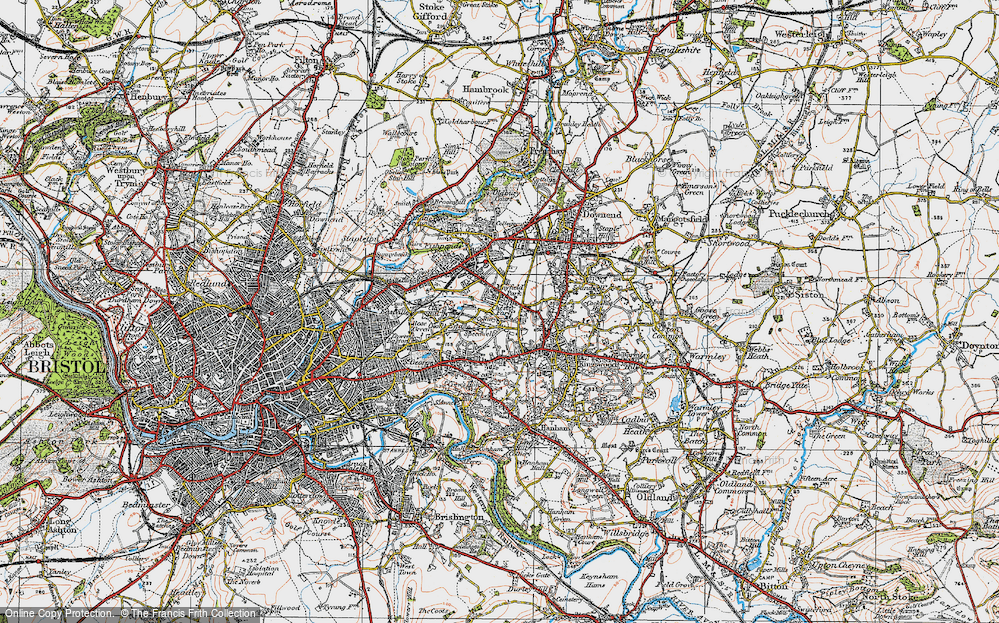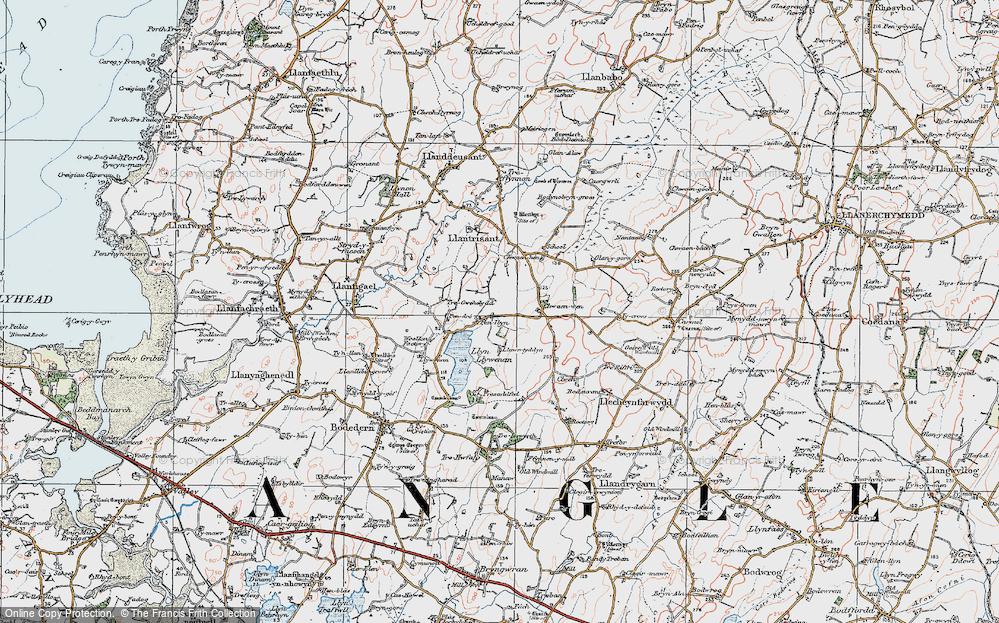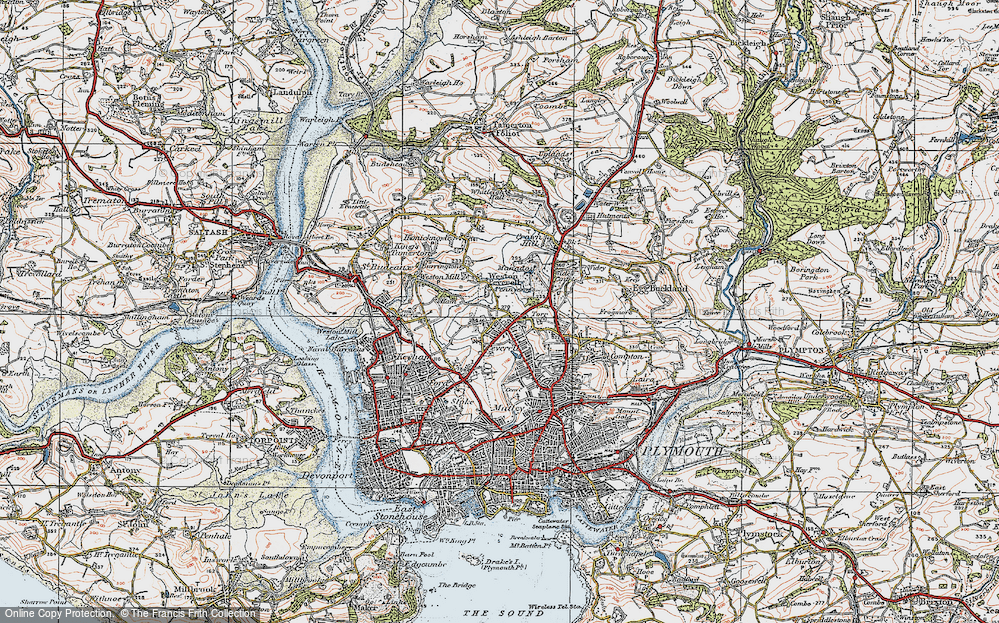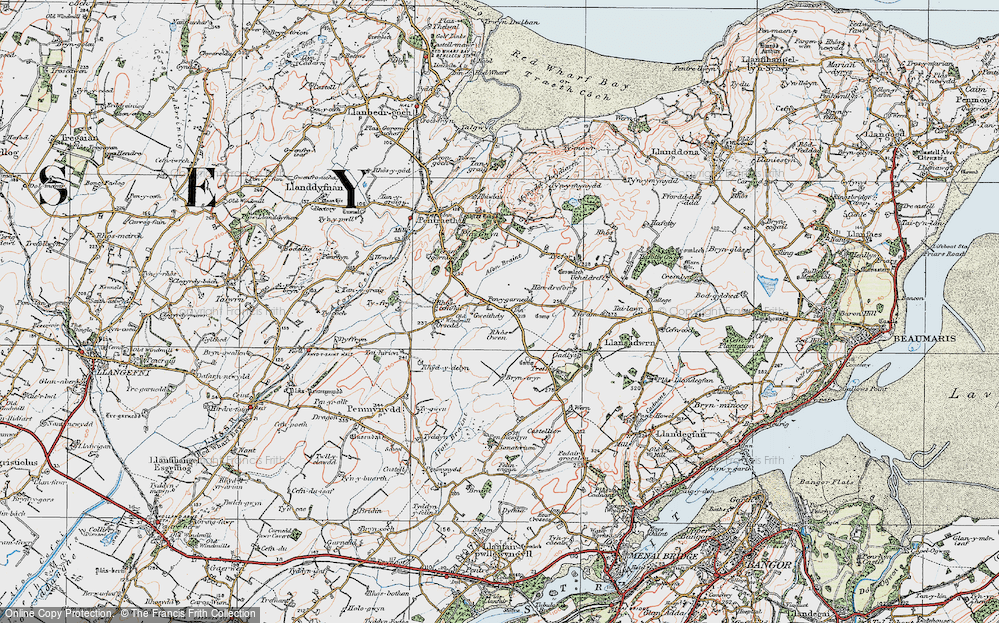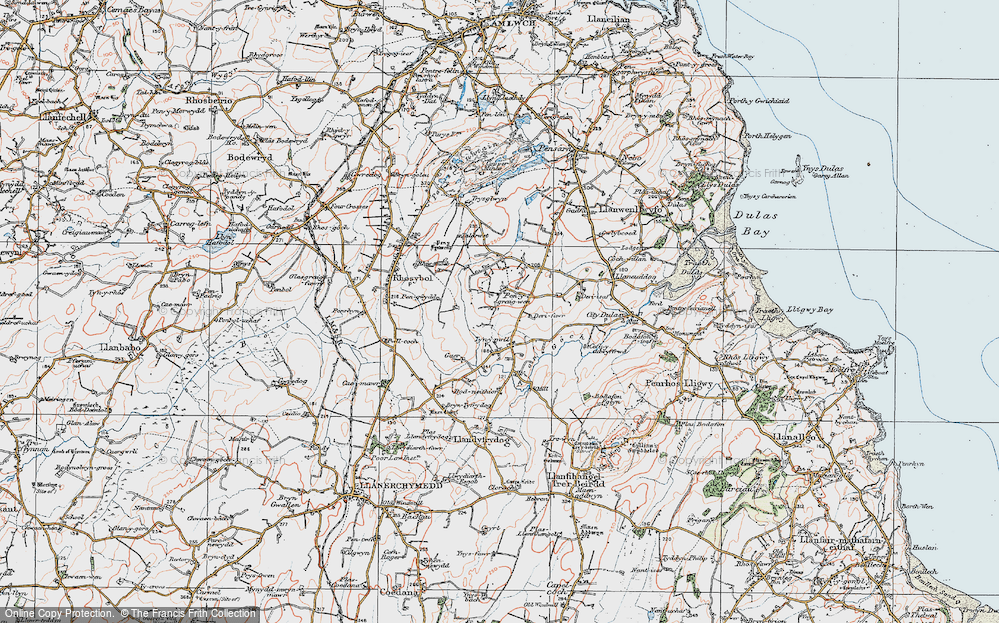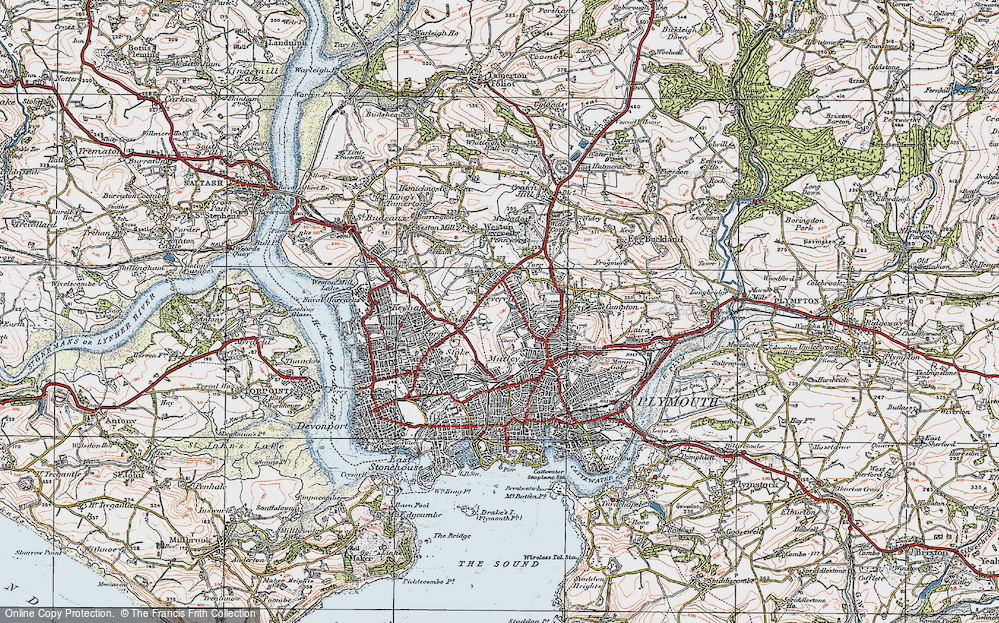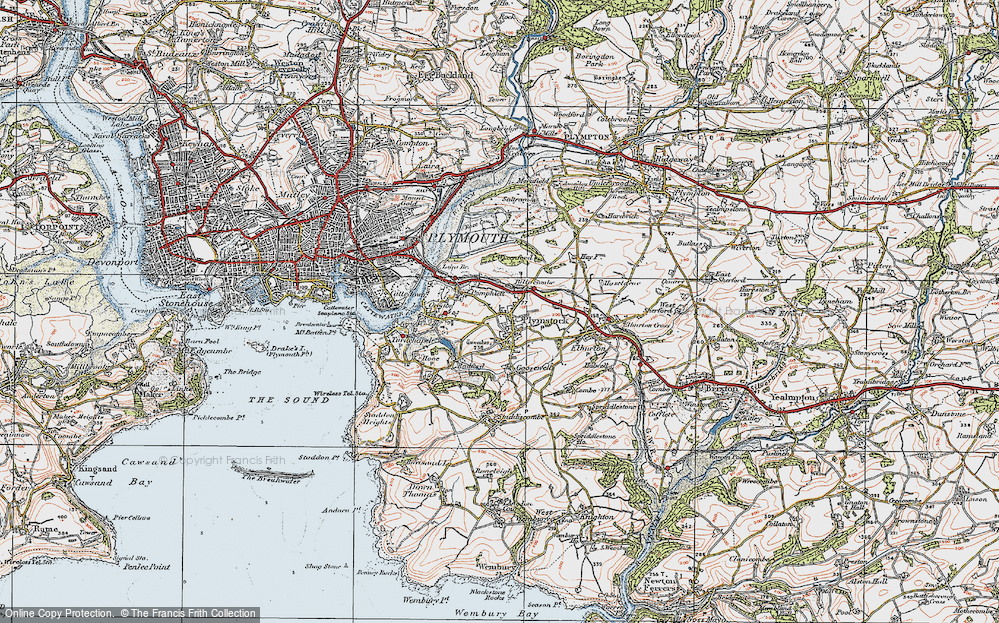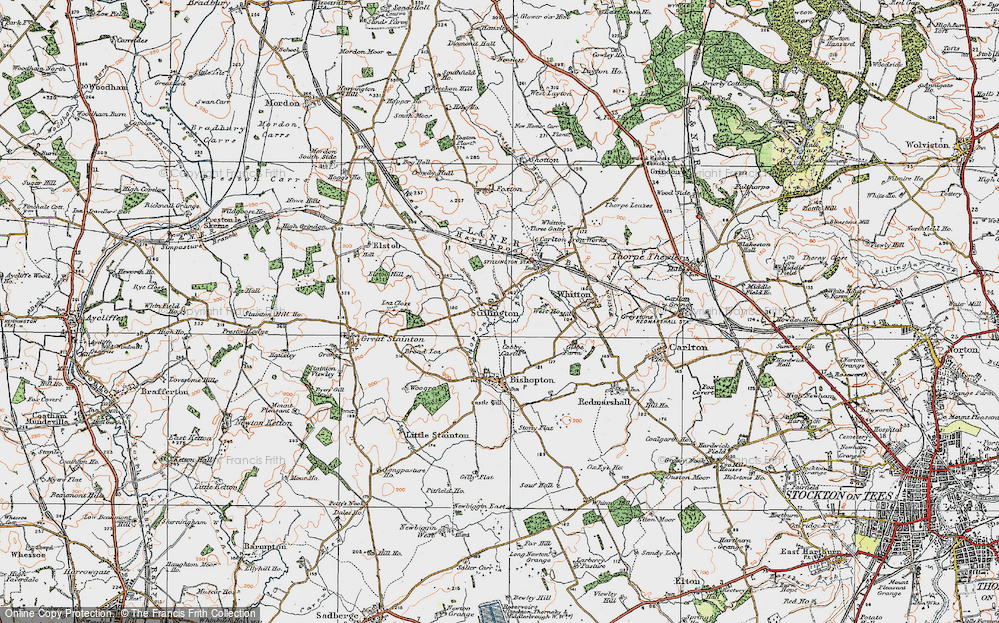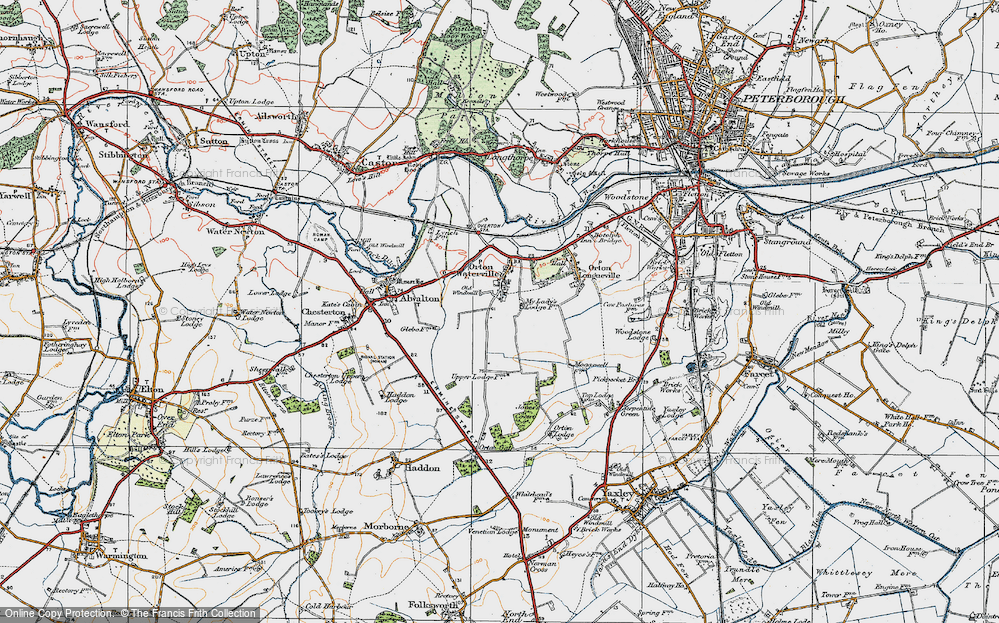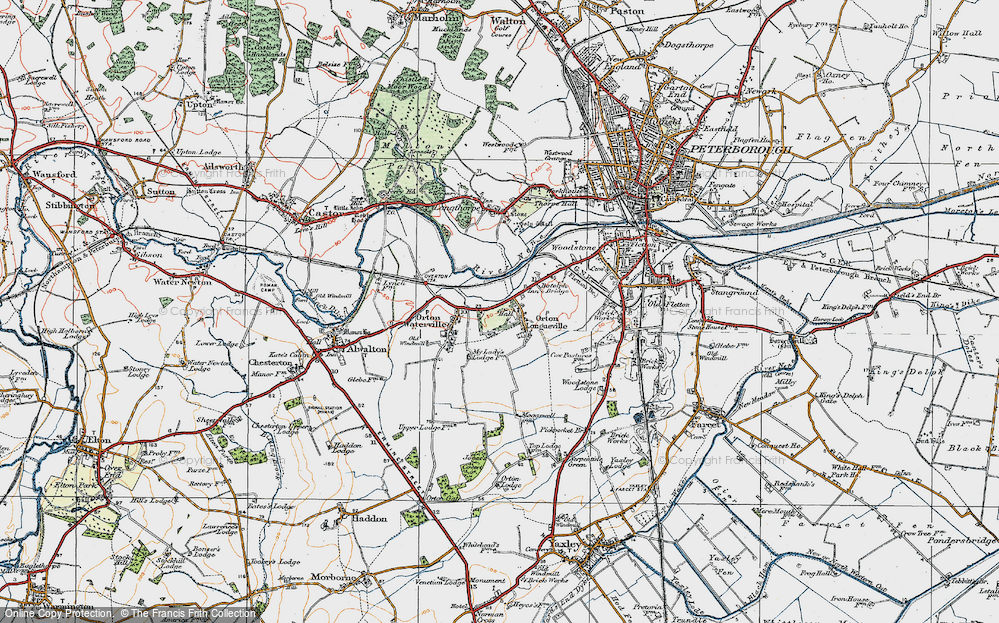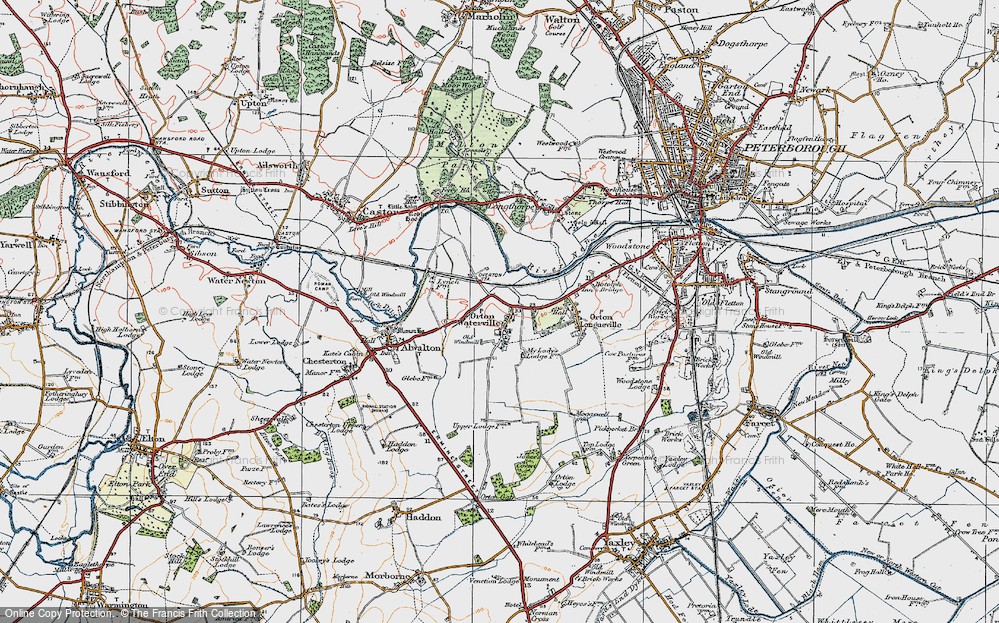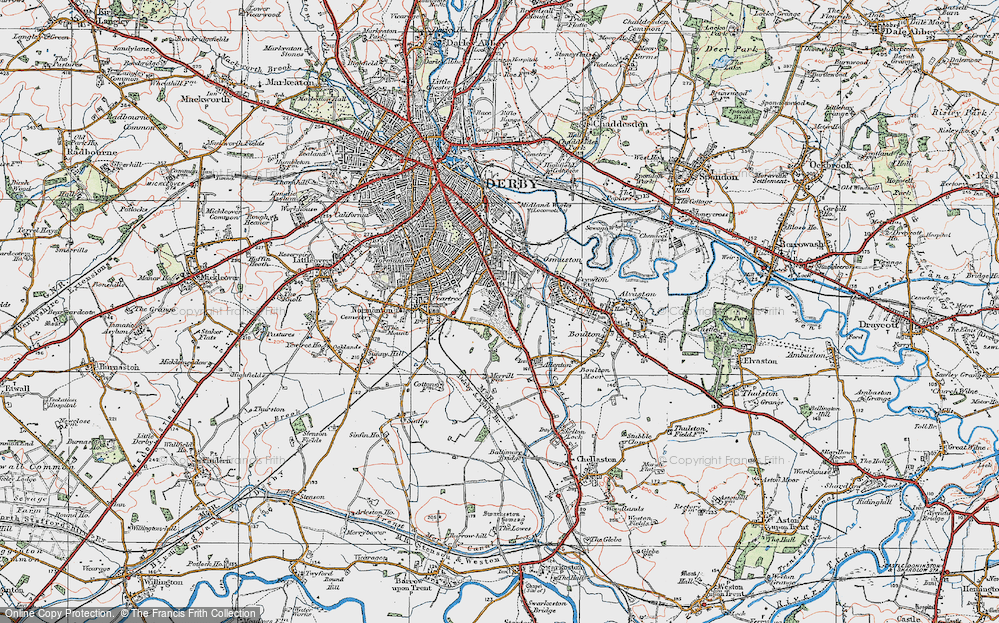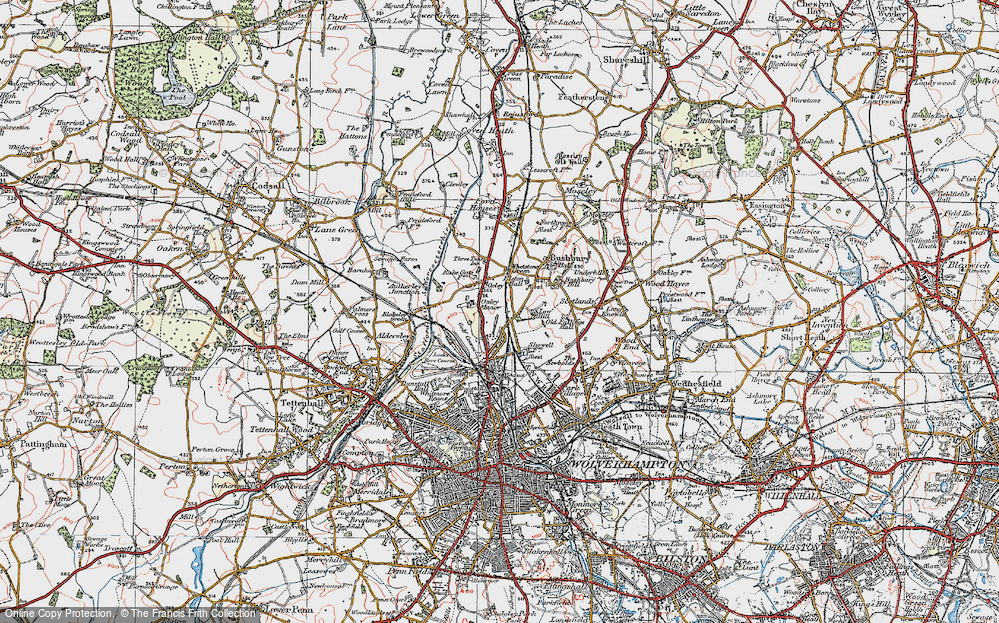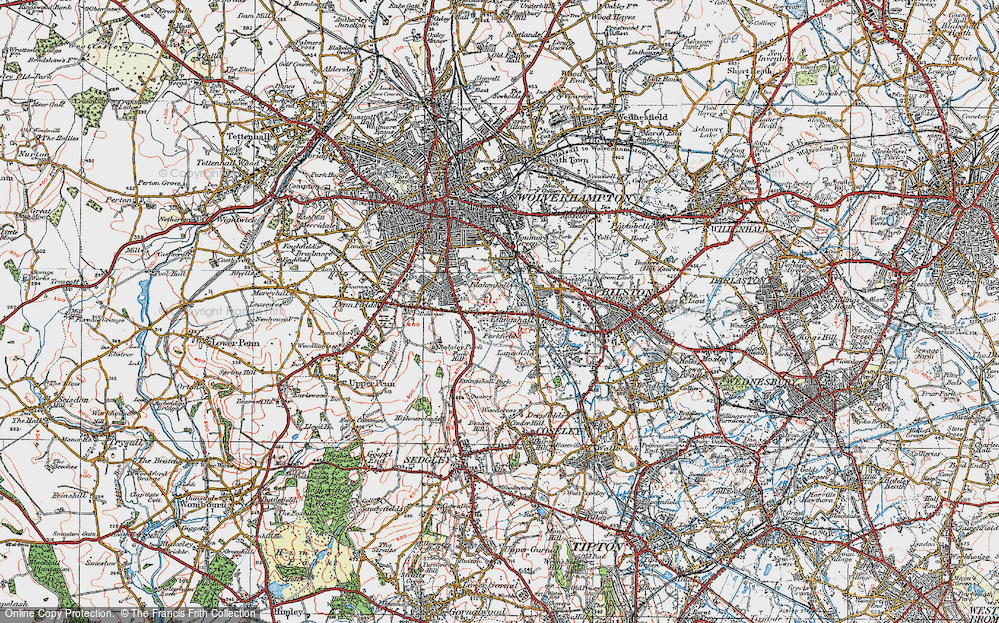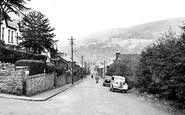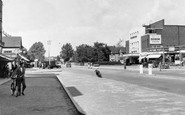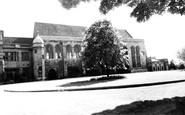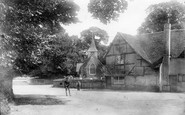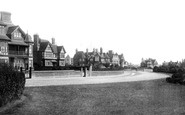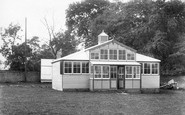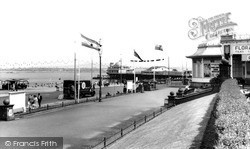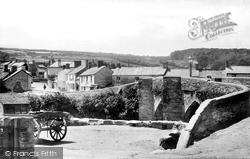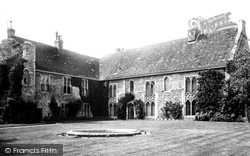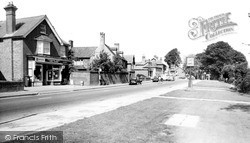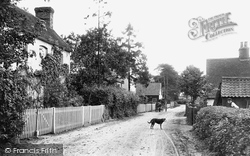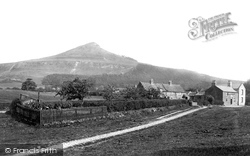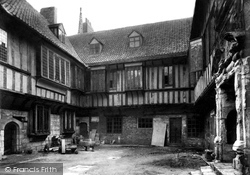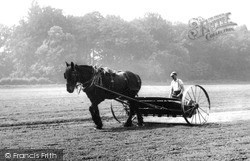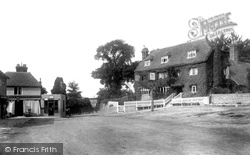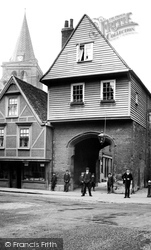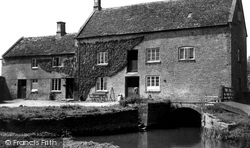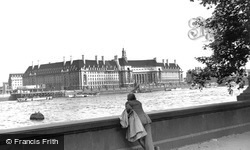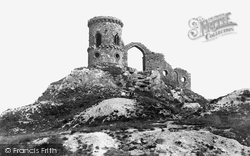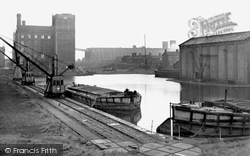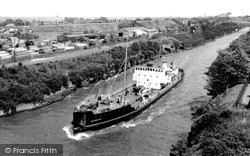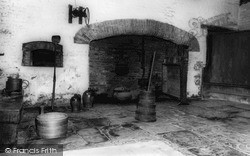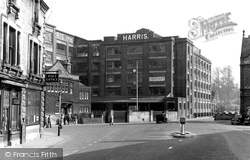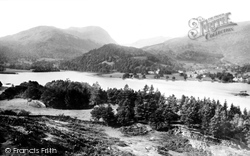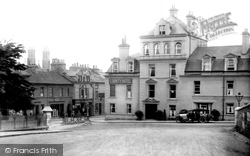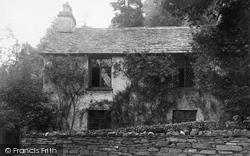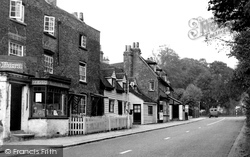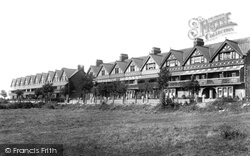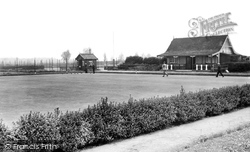Merry Christmas & Happy New Year!
Christmas Deliveries: If you placed an order on or before midday on Friday 19th December for Christmas delivery it was despatched before the Royal Mail or Parcel Force deadline and therefore should be received in time for Christmas. Orders placed after midday on Friday 19th December will be delivered in the New Year.
Please Note: Our offices and factory are now closed until Monday 5th January when we will be pleased to deal with any queries that have arisen during the holiday period.
During the holiday our Gift Cards may still be ordered for any last minute orders and will be sent automatically by email direct to your recipient - see here: Gift Cards
Places
Sorry, no places were found that related to your search.
Photos
Sorry, no photos were found that related to your search.
Maps
7,034 maps found.
Books
163 books found. Showing results 3,673 to 3,696.
Memories
22,913 memories found. Showing results 1,531 to 1,540.
Wartime Evacuee 1939 1940
In August 1939 I was evacuated frm Salford to Caton. I had my gas mask, a small parcel of food and a label on my clothing. We arrived at the then beautiful station, adorned with flowers. Then we walked to the Village ...Read more
A memory of Caton in 1930 by
Walking Home After Night Out
I remember walking home to Perthcelyn from Mountain Ash, after a pint at the Glancynon (now the rugby club) and the 'Navi', then on to the Nixons dance. We, Ray Furlong, Dave Furlong, Dai Gracco, Tony Bish, Alan Jones and myself, called 'Jessie' as my surname is James.
A memory of Mountain Ash in 1960 by
The Blake
The following information relates to the opening of the Blake school in Hednesford. The Blake school was built to replace the Central Secondary school for boys which was in Burns Street Chadsmoor (where Chadsmoor junior school is ...Read more
A memory of Chadsmoor in 1961 by
The Odeon
I lived on Lancaster Ave from 1941-58 and spent many happy Saturday afternoons at The Odeon theatre at "the matinees". I also worked at Perks grocery store from the time I was 13 until I left school. Perks would have been in the left hand ...Read more
A memory of Slough in 1950 by
The Palace
Until I was 10 years old we lived in Kingsground. From a rear window, one looked across "the bull's field" to the palace. I LOVE it!! At Eltham C of E Primary School we were educated in Eltham's history, NOW I think I know everything ...Read more
A memory of Eltham in 1940 by
Somewhere In Buckland
Round about 1840 my widowed great, great grandmother Hannah, and her son Joseph were brewers in Buckland. But unless any Buckland resident knows of the history of the village I shall never know where exactly. The ...Read more
A memory of Buckland by
During The Second World War
This story is a memory during the Second World War. My father Samuel Fredrick Richardson was the air-raid warden. There was a brick shelter, built on the village green. Most of the village used to use it. One ...Read more
A memory of Frimley Green in 1940 by
Stoney Beach & The Lifeboat Station
Parents in the (old) Kinmel Arms, boozing over an extended lunch time - my brother and me exiled to the adjoining Stoney Beach where we passed the hours away crushing the softer red ...Read more
A memory of Moelfre in 1957 by
East Kent Coastal Holidays In The 1950s/60s
As a child the East Kent coast was a regular destination for our 2 week family summer holiday. We usually stayed in Westgate. In the late 1950s the excitement started with the journey from ...Read more
A memory of Westgate on Sea by
Where It Is Now
I don't know when, but at some point the whole pavilion was moved to where it it still is, just behind Nat West and Philips' Tyres. It has been converted into a bungalow, but if you look closely you can see what it was. When ...Read more
A memory of Shepton Mallet by
Your search returned a large number of results. Please try to refine your search further.
Captions
9,654 captions found. Showing results 3,673 to 3,696.
Local records show that the Melody Inn Revue (note the poster, right) ran continuously at the Floral Pavilion from 1948 until 1970.
Upstream (right) of the bridge is a weir, at which it is possible to see salmon leaping.
The original monastic settlement at Minster was founded in AD670, overlooking Minster Marshes, then the open Wantsum Channel.
A small village to the north of Cuckfield, Whiteman's Green was once on several bus routes—a single-decker bus is just visible at the bottom of the hill.A village sign is on grass verge.
Cressing is an expanding village just to the south of Braintree. It has its own railway-station, formerly known as Bulford station.
At the foot of Roseberry Topping is the hamlet of Newton under Roseberry, and in this view we see the Kings Head Inn (extreme right).
The building was named after William Fitzherbert, who was the great-grandson of William the Conqueror.
This photograph is included partly to show how farming has changed in the last half century.
On a steep hillside commanding views of the Weald, north-west of Ashford, this charming village was near the seat of the Dering family at the now-vanished Surrenden Dering a mile away.
At the foot of Boley Hill stands the 15th-century College Gate, one of three surviving entrances to the precincts of the Cathedral, whose modest spire (added to the original tower in 1904) rises behind
The village had its own mill, Ascott Mill, at one time; Langley Mill, shown here, was outside the village, nudging the Shipton-under- Wychwood border - the River Evenlode marks the parish boundary.
At the time of the photograph, it was the home of the London County Council. The building is now occupied by two hotels, the London Aquarium, the Saatchi Gallery, and the County Hall Gallery.
Unfortunately, it is also a fake. The ruin was built in the 1700s by Randle Wilbraham to enhance his view from Rode Hall at Scholar Green, where he lived.
Today many of the old buildings of the old docks, and the mills that lined them, have disappeared.
Still a busy canal for commercial traffic, everything here was built on a big scale. For example, one of the locks at Latchford (in the south of Warrington) is 600 feet long and 65 feet wide.
The installation of hiding places in great houses had to be kept secret; usually the work was undertaken when ostensibly a major architectural project was in hand.
The installation of hiding places in great houses had to be kept secret; usually the work was undertaken when ostensibly a major architectural project was in hand.
This view shows (left), at No 7 The Strand, Heath's printers, bookbinders and stationers, with its own lending library.
Ullswater snakes into the Lake District hills for seven and a half miles, from Pooley Bridge to Glenridding, and has three major and quite different stretches.
The County Hotel is one of the main hotels in the centre of Kendal; it dominates this part of the old town, whose wealth was founded on the woollen and textile industries.The famed Kendal bowmen at
William Wordsworth lived with his sister, Dorothy, at Dove Cottage, just outside the village, from 1799 to 1813.
Guyden's Bakery (left) is a long-time landmark of the village; the front is 19th-century, but the building behind dates from the 18th century.
At the time this photograph was taken, the Parade was the home of ship brokers, accountants and members of the legal profession, many of whom worked in Cardiff.
Lying close to the gardens in picture T121004, the bowling green is another representation of rest and recreation in an area surrounded by heavy industry.
Places (0)
Photos (0)
Memories (22913)
Books (163)
Maps (7034)


